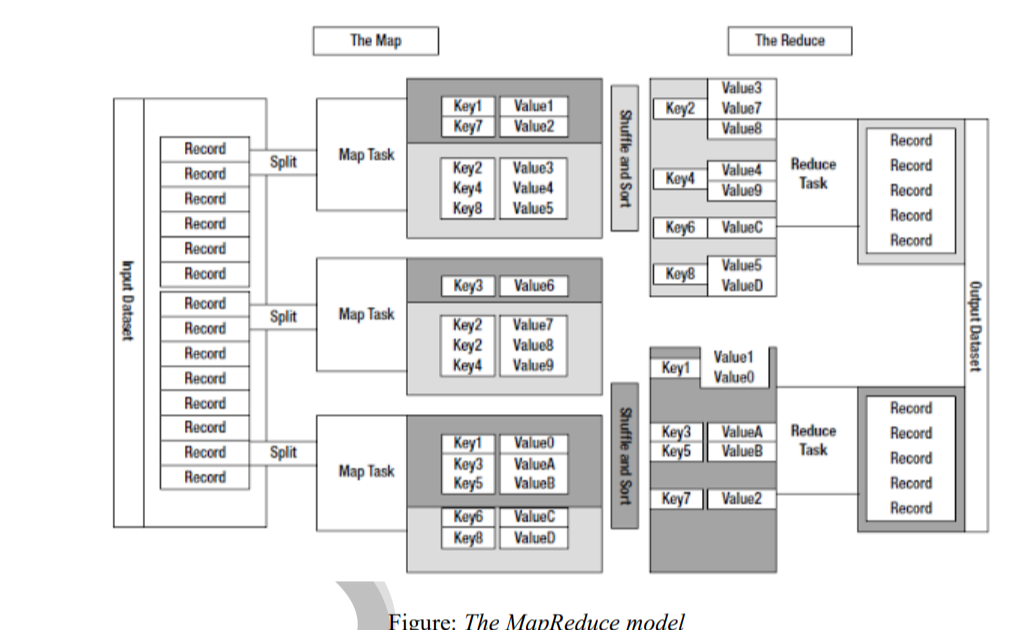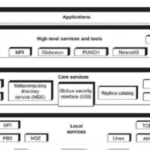Explain MapReduce Model in detail

The model is based on two distinct steps for an application:
- Map: An initial ingestion and transformation step, in which individual input records can be processed in parallel.
- Reduce: An aggregation or summarization step, in which all associated records must be processed together by a single entity.
The core concept of MapReduce in Hadoop is that input may be split into logical chunks, and each chunk may be initially processed independently, by a map task. The results of these individual processing chunks can be physically partitioned into distinct sets, which are then sorted. Each sorted chunk is passed to a reduce task.
A map task may run on any compute node in the cluster, and multiple map tasks may be running in parallel across the cluster. The map task is responsible for transforming the input records into key/value pairs. The output of all of the maps will be partitioned, and each partition will be sorted. There will be one partition for each reduce task. Each partition’s sorted keys and the values associated with the keys are then processed by the reduce task. There may be multiple reduce tasks running in parallel on the cluster.
The application developer needs to provide only four items to the Hadoop framework: the class that will read the input records and transform them into one key/value pair per record, a map method, a reduce method, and a class that will transform the key/value pairs that the reduce method outputs into output records.
My first MapReduce application was a specialized web crawler. This crawler received as input large sets of media URLs that were to have their content fetched and processed. The media items were large, and fetching them had a significant cost in time and resources.








